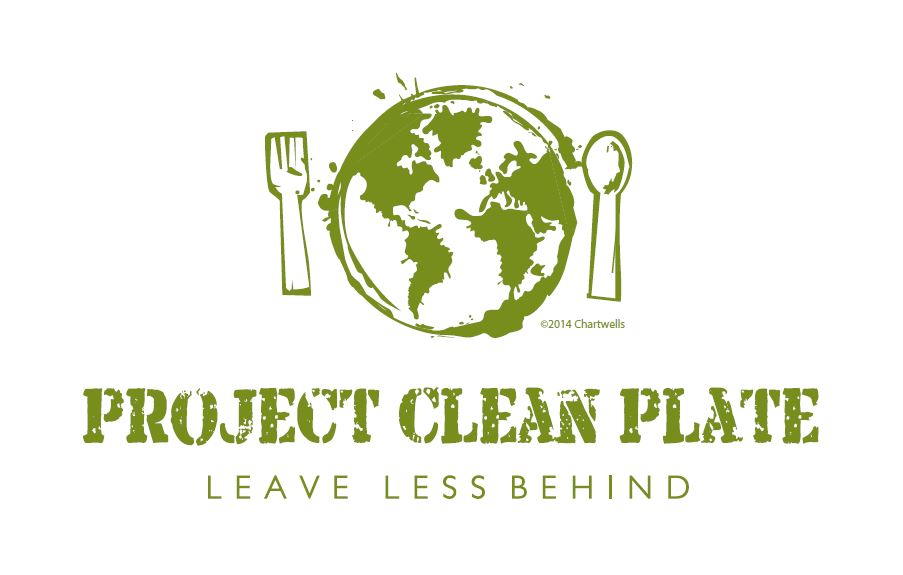Chartwells, the campus dining service provider and the University of Arkansas Office for Sustainability recently wrapped up Project Clean Plate, a two week long event to educate students on the U of A campus about ways to reduce food waste. The project reduced at least 1,100 pounds of food waste in one dining hall.
The Office for Sustainability had about 20 student volunteers over the course of the two-week span to help spread the word about the event. The volunteers worked in small groups of two, three or four to inform students about ways to reduce food waste and about the harm food waste can have on the environment.
“Education and policy are the two most important ways to reduce food waste. Our outreach efforts are in line with the Environmental Protection Agency’s guideline to managing food waste,” said Carlos Ochoa, director of the Office for Sustainability.
Project Clean Plate was supported by promotional efforts such as posters, banners and table tents, which contained facts about the harm food waste in landfills has on the environment. These facts posted around the dining halls provided something for students to grasp onto so they could fully understand the whole reasoning behind this event.
During Project Clean Plate, food waste decreased in all three dining halls that were monitored. Brough dining hall saw a reduction of 1,100 pounds in food waste between the benchmark pre-measuring week and the following week when campaigning began.
The decrease in food waste was lower at Fulbright and Pomfret dining halls mainly because student volunteers did not actively participate as much as they did at Brough, said Kim Johnson, marketing director for Chartwells. Due to Brough dining hall being more centrally located on campus, more students eat there each day.
“It’s a volume thing,” said Johnson. “At Pomfret, we have a smaller number of people that we feed because it’s at the bottom of the hill. There is no reason for a student to walk down there and then walk all the way back up the hill to go to class in the middle of the day.”
Though student participation was lower than project organizers had hoped it would be, Project Clean Plate will continue its efforts.
“If we are seriously going to have an impact on food waste, we need to do these communication campaigns either more often or host them all the time,” said Johnson.
She suggested that the project might add “miniature” Project Clean Plate campaigns throughout the academic year.
“For example, I would let the students get acclimated to where they’re eating and then start one longer campaign in the fall and then one in the spring. I think twice a year is going to be key and then campaigning for a longer period each semester,” said Johnson.
The amount of time students have to participate in such activities will continue to be a challenge.
“The only problem we’re probably going to face with this is getting students who are willing to commit to that length of time for a project, they have their classwork to do, which I understand,” said Johnson.
The student-to-student approach is the key to Project Clean Plate’s success, according to Johnson. As long as students are involved in spreading the word, she said, there will always be a decrease in food waste in the dining halls.
For more information about Project Clean Plate, or if you would like to volunteer, please contact Carols Ochoa at sustain@uark.edu
By Paige Acklie, Agricultural Communications Experiential Learning Lab Reporter
